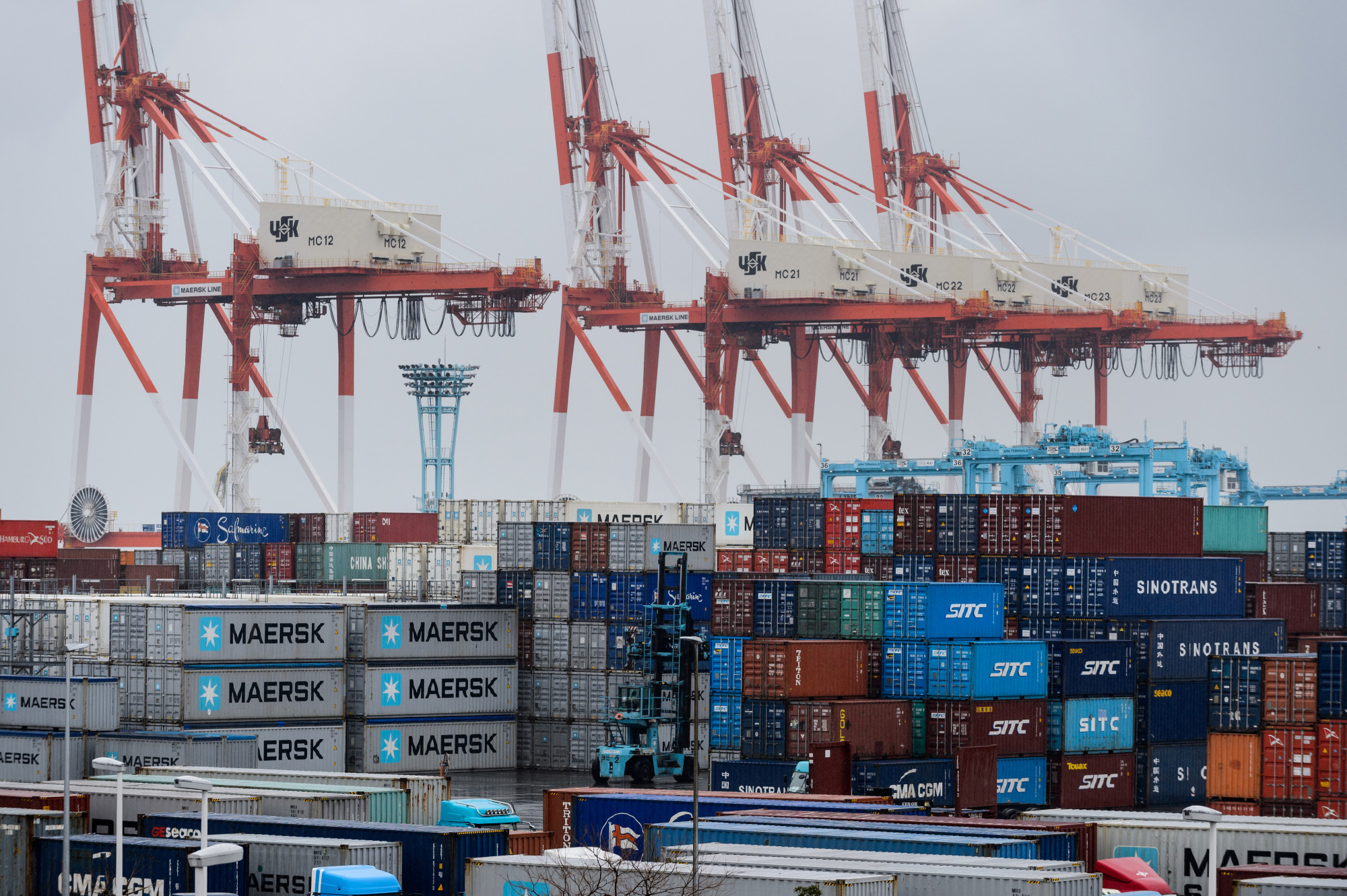Emerging markets had a very strong start this year. Its assets were supported by the ongoing recovery in the global economy, prompting the International Monetary Fund to upgrade its forecast for global growth by 0.2% to 3.9% for 2018 and 2019.
At the same time, China was the best performing equity market, buoyed by strong earnings and positive macroeconomic data. Brazilian equities and the Brazilian real also rallied as domestic political uncertainty dissipated, The Star online reported.
Under these circumstances, Schroders head of multi asset product, North Asia, Jason Yu, maintains a positive outlook for emerging markets this year.
"Equity remains our preferred asset class due to supportive global dynamics and strong earnings growth. However, given the strong start this year, we may see some volatility as the scope for positive growth diminishes, as forecasts are upgraded and bond yields increased. We believe investors will need to become more selective, given the increasing idiosyncratic risks including the upcoming elections in a number of key markets,” says Yu.
On the fixed income side, Yu continues to pursue a highly prudent approach, favoring markets offering higher credit quality and lower duration such as emerging market corporate bonds.
He believes that China remains attractively valued relative to its strong growth prospects, and parts of the market remain under-researched. He favors high growth domestic consumption related names, while looking to avoid sectors with structural excess capacity.
Growth Prospects Bright
“As other markets, particularly the US, become more expensive, we expect investors to increasingly consider global opportunities, particularly in emerging markets, given the structural positive growth prospects and benign fundamentals, Forbes reported.
“More broadly, we expect technology names to maintain their outperformance, although we think the market will sharpen its focus between the sub-sectors with idiosyncratic risks in mind this year,” he says.
Yu continues to favor high quality corporates, with a focus on Asia, that offer an attractive yield with lower duration than sovereign bonds, and short duration US dollar-denominated sovereign bonds.
Looking ahead, Yu believes emerging market investors will increasingly have to differentiate both within and between asset classes as dispersion increases.
Investing in EMs
At the Strategic Investment Conference 2018, Gabriela Santos, executive director at JPMorgan Asset Management, compared the potential of the US and international markets in terms of equity returns.
JPMorgan projects 5.5% annualized for US equities over the next 10 years. Meanwhile, Japan is projected to return 6% and emerging markets around 8%. But that’s assuming today as a starting point.
Santos stressed that the entry point and currency can make a huge difference on returns, so they can vary a lot. She talked about the currency impact on international market returns.
For instance, a weak dollar may help US investors who hold foreign stocks. Likewise, the depreciation of another market’s currency could hurt US investors. But the aggregate effect can vary.
Santos then turned to emerging markets, differentiating between the outlook for developed markets growth and EMs growth. When it’s shrinking, it’s a terrible time to invest in EMs. When it’s growing, it’s a good time to buy EMs.
Santos noted that "we need stability in several areas such as currencies and commodities to reach the full EM outperformance. Most people think of EMs as being markets and economies in Asia. And that is partially true. But there are regions beyond Asia that will outperform—in particular, Latin America."
Santos argued that Latin America today has the best starting point in terms of growth. She thinks that this year, the region will finally return to its earnings potential. In 2016, the seed of future growth was planted and now is time to harvest the returns.
LatAm Equities Jump
Latin American equities soared across the board on Friday, with Brazil's benchmark Bovespa index gaining the most intraday in three weeks, after new economic data in the United States eased fears of tighter monetary policy there.
Mexico's IPC index rose 0.74%, while Chile's IPSA gained 1.09%, and Argentina's small and volatile Merval was up 1.1%, supported by the country's energy sector. Gains in Mexico were led by Grupo Carso, the holding company of billionaire Carlos Slim, which was up 2.81%.
In Brazil, markets were further supported by weak inflation data, which boosted rate cut bets.


